Valley flashing and drip edge for a low pitch asphalt shingle re-roof
mudhouse
8 years ago
Featured Answer
Comments (9)
mudhouse
8 years agoRelated Discussions
Fiberglass for roof valleys
Comments (8)It's a liquid acrylic waterproofing material that is applied over a non-woven polyester fabric. It's primary benefit is that it can go on top of old roofing which makes it a favorite of budget-minded owners. The roofers probably think the polyester reinforcement is fiberglass fabric and that there is some kind of resin in the waterproofing. This stuff was originally called "Cool Roof" in the 80's for DIY roof patching. I used it and thought it found it to be worthless. After the company was sold maybe someone figured out how to make it work. If they gave you a warranty keep the paperwork in a safe place....See MoreWater Drip Stain on Roof Fascia?
Comments (2)We currently do have installed a 2' piece of flat metal flashing about 1.5 inches wide (deep) to extend out underneath the shingles in those 2 areas but the stains are still appearing the fascia. What's odd is that one side is 'cleaner' than the other. A roofer I had come out, thinks it's just the way the wind pushes the rain against the fascia. Thus he was reluctant to add an even deeper piece of flashing because he thought the wind would just push & roll the water back underneath the extension & smack it on the fascia again. Thoughts?...See MoreAsphalt shingles vs. Metal roofing
Comments (22)With a metal roof you are supposed to have strips that prevent sliding. We have them on the pool room part but not the garage. If you live in an area with heavy snow you should also be using a snow rake on the roof to prevent heavy accumulation if you have a lower pitch roof to prevent ice damming during freeze, thaw cycles. At my last house we had asphalt shingles on the roof and still would have snow that would slide from the roof because it was a really high pitch on the roof that we couldn't reach even with a snow rake. Luckily we didn't get as much snow there as we do here. As you can see in the attached photo. There is hardly any snow on the roof at the time of the picture and hardly any on the ground where it would slide off. The huge hill is due to drifting snow. Another pro to metal roofing for me is in the collection of rain water. With asphalt roofing you always get more debris, often times pieces of the asphalt. Just for fun, here's another shot of the kind of winter we had here in 2013/2014. That was the longest and worst winter ever. The snow blower wasn't working and thankfully our neighbor would plough our driveway every once in a while with his tractor. That huge pile was as tall as the roof. It was a combination of drifts and piled snow as we shoveled the walkway. That was also the year the water froze down at the barn and we had to carry buckets of water every day. Both hubby and I threw our backs out that year....See MoreNew roof (existing house)- do I need Drip edge flashing?
Comments (14)Though not Ontario Code required, a #30 felt or synthetic underlayment over the rest of the roof would be prudent too. Canada encompasses three to four climate zones, so roofing underlayment best practices will vary. (It's not all igloos and Polar bears!)...See Moremudhouse
8 years agomudhouse
8 years ago
Related Stories
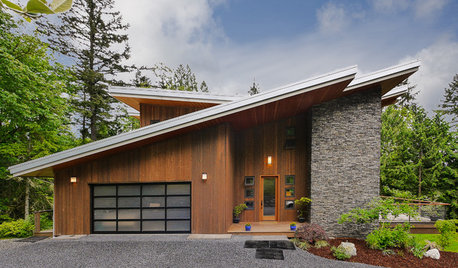
EXTERIORS5 Types of Sloping Roofs That Hit the Right Pitch
These modern houses approach the everyday roof from a different angle
Full Story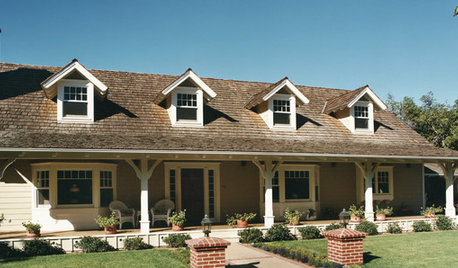
ROOFSNo Substitute for the Natural Beauty of Wooden Roof Shingles and Shakes
This natural, renewable roof option brings weathered character and nostalgic appeal to traditional-style homes
Full Story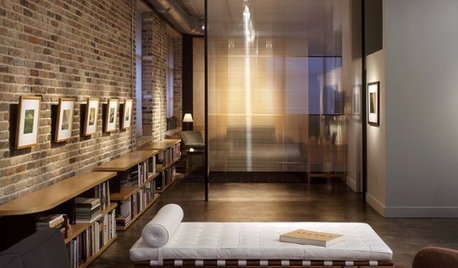
MATERIALSMaterials Workshop: Polycarbonate — a Low-Cost Alternative to Glass
Looking for something lighter, stronger and less expensive than glass? Multiwall polycarbonate may be a good option
Full Story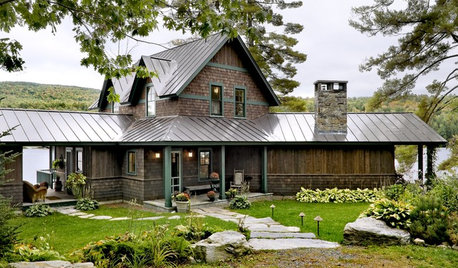
REMODELING GUIDESMaterials: The Advantages of a Metal Roof
Metal reigns in roofing style, maintenance and energy efficiency
Full Story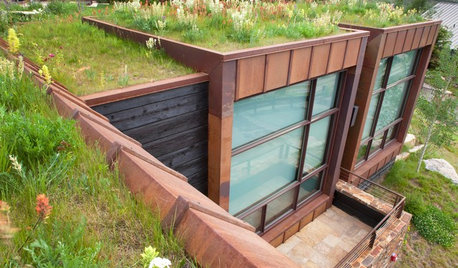
GREEN BUILDING6 Green-Roof Myths, Busted
Leaky, costly, a pain to maintain ... nope, nope and nope. Get the truth about living roofs and see examples from simple to elaborate
Full Story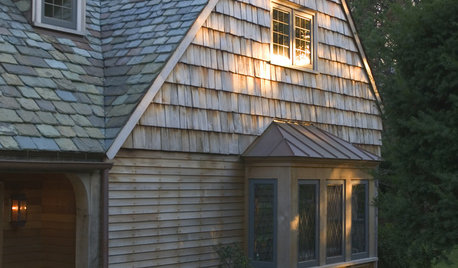
EXTERIORSRoofing Materials: Slate Makes for Fireproof Roofs That Last
It stands up to weather and fire without losing its high-end look. But can your budget handle it?
Full Story
MATERIALSThe Most Popular Roofing Material is Affordable and Easy to Install
Asphalt shingles, the most widely used roof material in the U.S. are reliable and efficient, and may be right for you
Full Story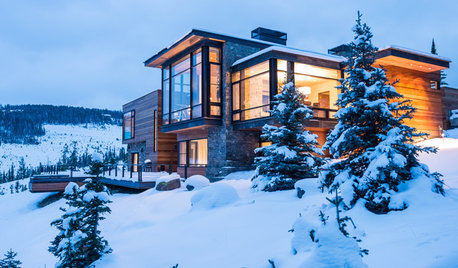
ARCHITECTUREHave Your Flat Roof and Your Snow Too
Laboring under the delusion that flat roofs are leaky, expensive and a pain to maintain? Find out the truth here
Full Story
ROOFSWhat to Know Before Selecting Your Home’s Roofing Material
Understanding the various roofing options can help you make an informed choice
Full Story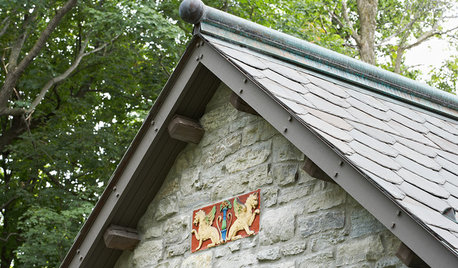
ARCHITECTUREKnow Your House: Learn the Lingo of Rooftops
Knowing the language of rooftop design will help you through your next repair or remodel project
Full Story



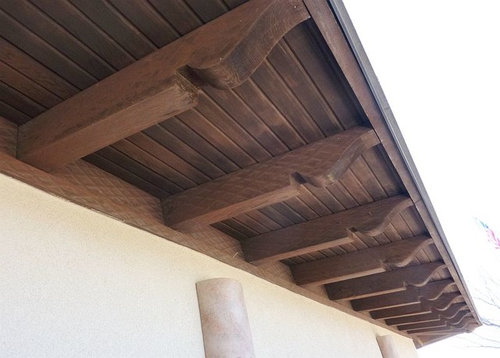

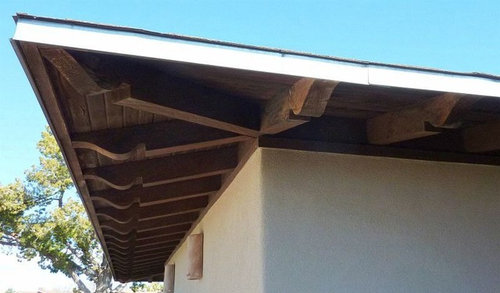
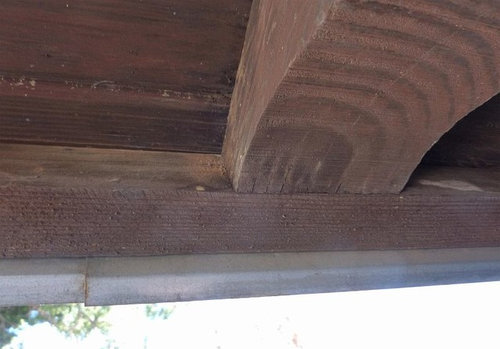

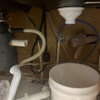

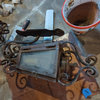
klem1